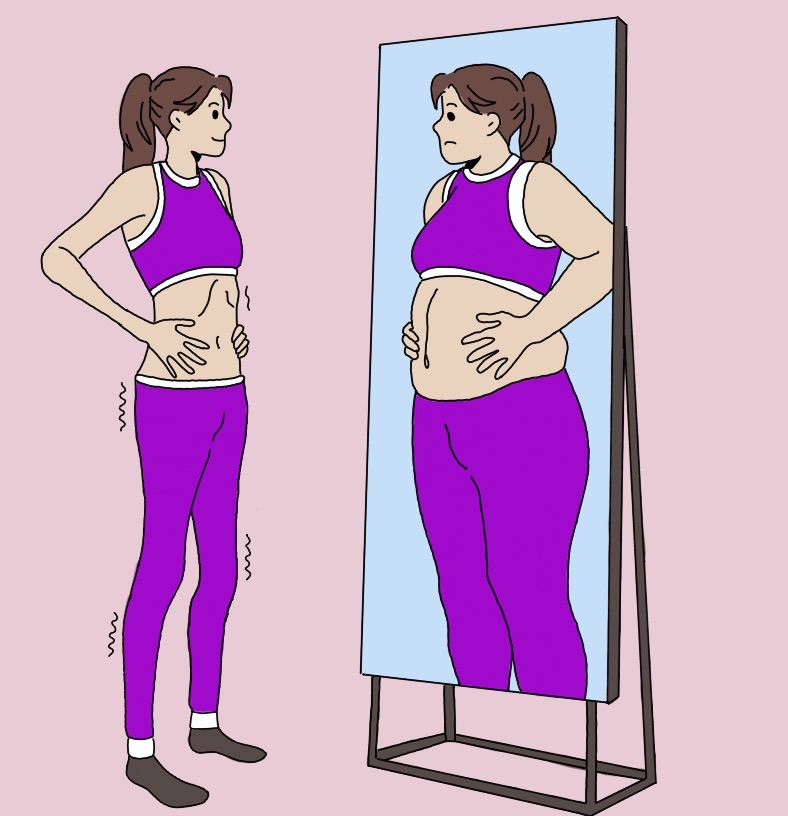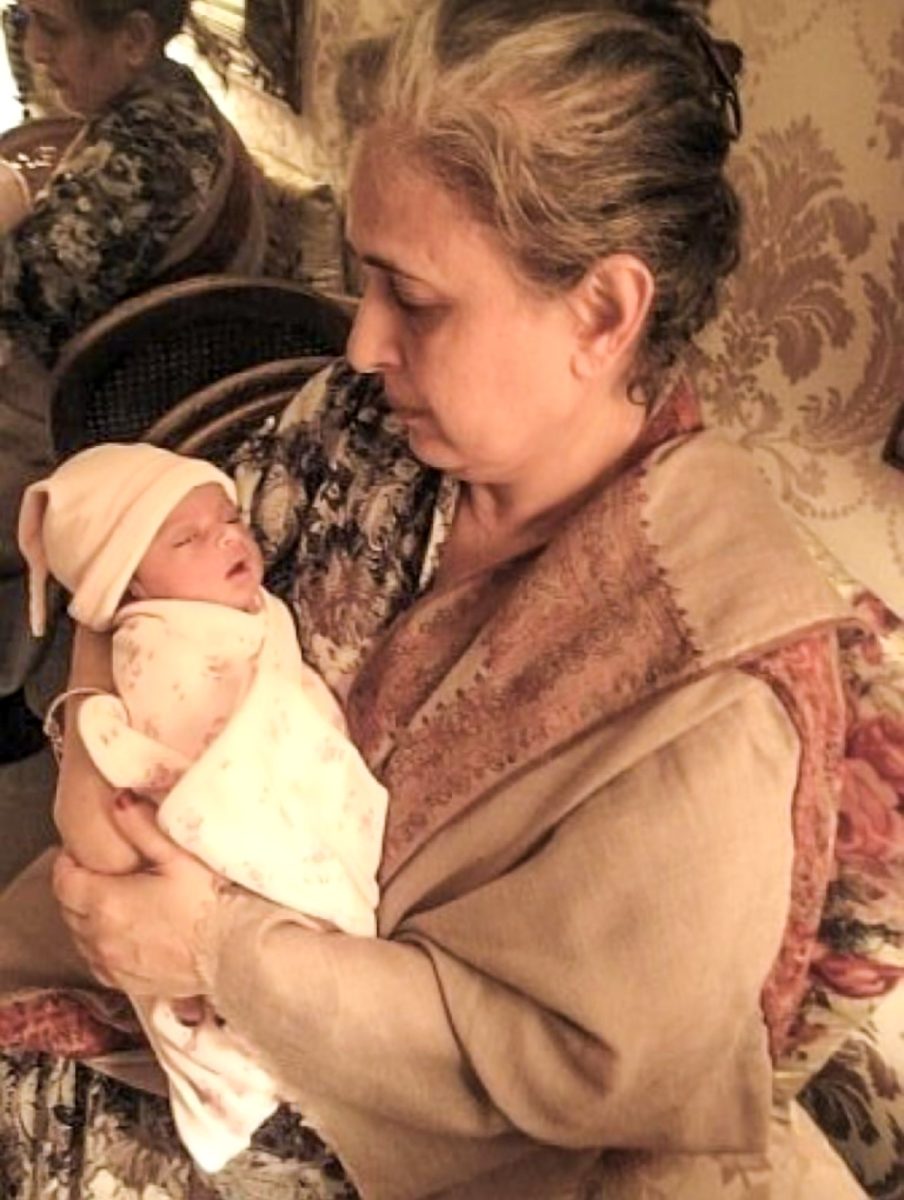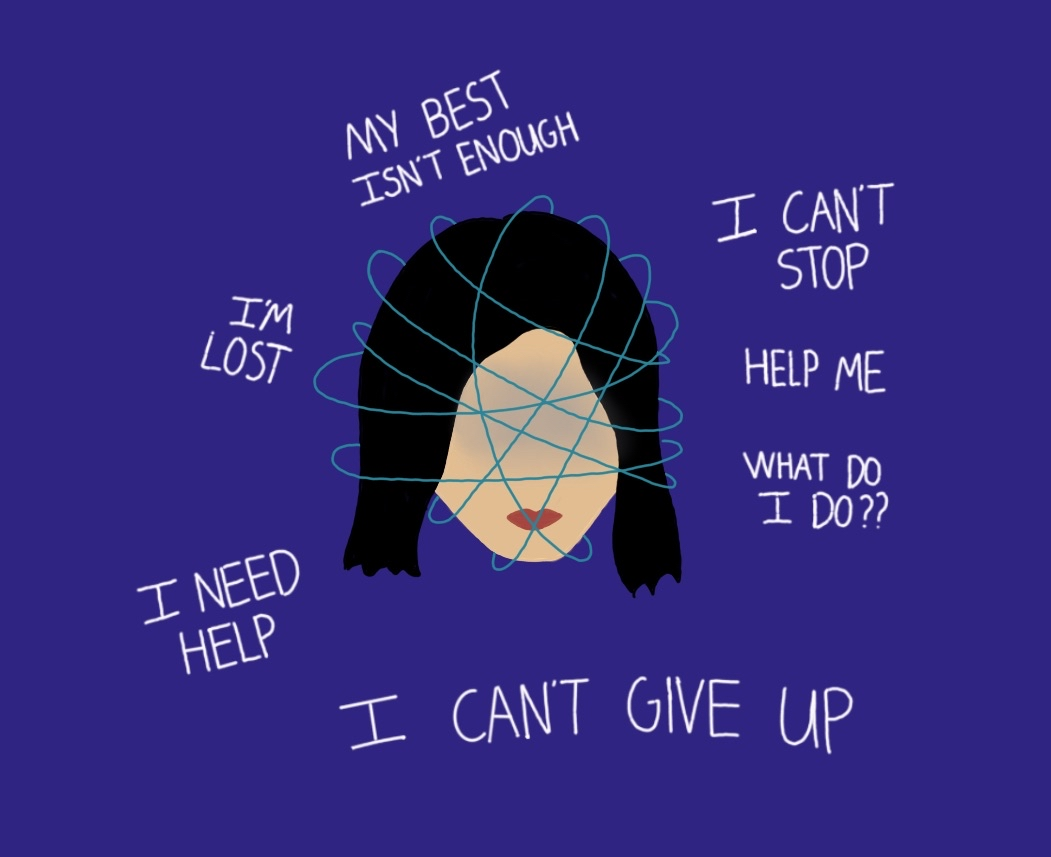Every Tuesday evening, my 14-year-old sister Georgia grabs her Methylprednisolone out of our fridge, cleans her leg with an alcohol wipe and stabs her thigh with a needle. I stand there holding her hand as she sharply inhales with pain. I carefully watch the injection, ensuring all of her medicine is administered.
As soon as the syringe is empty, I tell her the same phrase I’ve told her countless times: “Good job, Gigi! You did it! You’re all done.”
As I tell her this, I rip open a Band-Aid and gently place it on her thigh where a little dot of blood is.
All of this chaos on what used to be a normal weeknight is due to my sister’s diagnosis of juvenile arthritis.
After countless doctor’s appointments, we had many questions and no answers. Maybe it was Lyme disease? It’s a possibility that my sister, an avid equestrian, was bitten by a tick without realizing it, but there wasn’t a bite mark on her body.
At the suggestion of our pediatrician, my mom took Georgia to a rheumatologist, a doctor who specializes in treating conditions in the muscles, joints and bones. After yet another blood test, we got the results back: All her levels were normal. Again, just another dead end. The doctor decided to run a few more tests. A week later, she called my mom to deliver the diagnosis: My little sister had juvenile arthritis.
Juvenile arthritis affects .305% of children under the age of 18. The disease causes joint pain, swelling, stiffness and tenderness. It can also cause an enlarged liver, spleen and lymph nodes, as well as inflammation of the heart and lungs.
Within days, doctors prescribed six medications, including one used for chemotherapy, and what seemed like way too many supplements. Her bathroom drawer quickly filled up with folic acid and magnesium pills. That’s when the diagnosis struck me. My bubbly, energetic little sister was taking a chemotherapy drug, an immunosuppressant, because her immune system was trying to attack her. Her own body saw her as a threat.
My little sister, who always used to be the first to dance, sing and give my dad a fashion show when my mom bought her new clothes, is now always in her bed, complaining of pain in her back and joints.
After two months on her medication, she had another doctor’s appointment. She had to go through imaging to see if the fluid and swelling in her joints had decreased. It was then that we discovered that her medication didn’t work. There was absolutely no improvement.
From there, the doctor suggested another medication, an additional shot my sister could give herself. Except this time, her injection wouldn’t be like an EpiPen, where the needle was never visible. Instead, she would have to use a needle and syringe to measure out her medication from a vial before injecting herself with it.
This terrified Georgia. For her entire life, she had always been terrified of needles. Every fall, when it was time to get our flu shots, she would scream, cry, kick and try to run out of the doctor’s office. Now, she has to give herself two shots a week — all by herself.
When the injection was finished, she would always look up at me with a big smile. “Look Clemmy, I did it!” she would say. “Yeah, you did!” I always replied.
The smile Georgia would give me after each shot made me realize how much I made an impact in her world. Taking 15 minutes out of my time to hold her hand and help her with her shots made her feel less worried about the pain. My presence was a source of stability in her constantly changing life.
But my sister’s diagnosis has not just taught me about her world but also the world we all share.
From her, I have learned that bravery is not the absence of fear but the choice to face it, day after day.
Her diagnosis has opened my eyes to the challenges of living with an invisible illness. Arthritis doesn’t announce itself. No one would guess that she has a debilitating condition unless she shares her story. Witnessing her perseverance has deepened my empathy for others in unexpected ways.
Her perseverance reminds me that we often see only the surface of someone’s struggles. From her friends, our family and the doctors involved in her treatment, I have learned that no matter how small, a single act of kindness or respect can give hope to someone who needs it most. And for me, that’s reason enough to strive for compassion daily.











Anonymous • Nov 20, 2024 at 9:08 pm
Georgia is so brave!
Great story !
naomi • Nov 19, 2024 at 9:53 pm
This is such a sweet story!